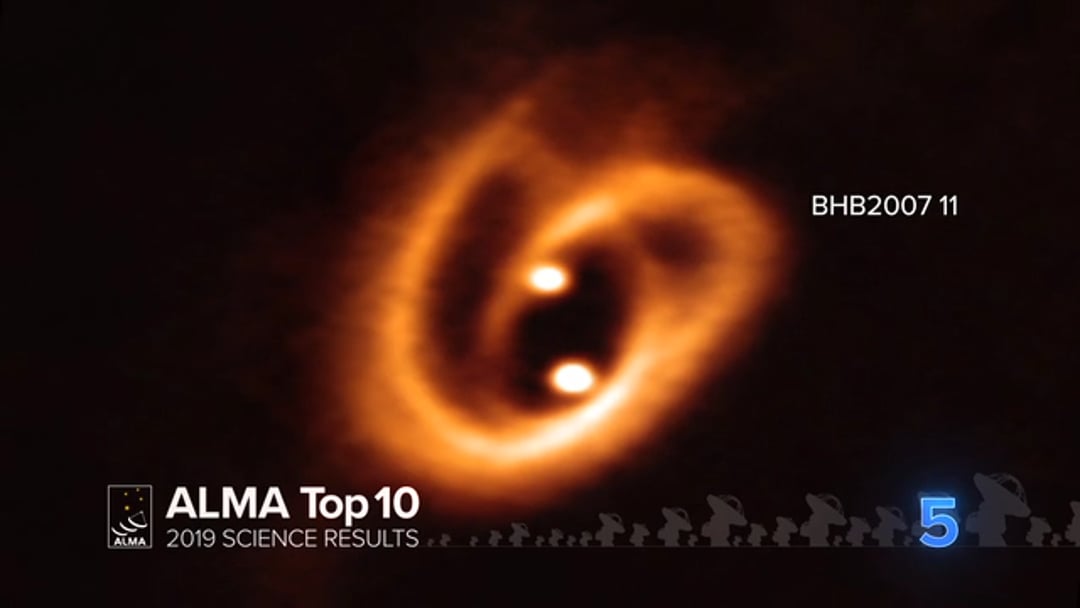Does the Earth’s Gravitational Pull on the Sun Produce a Shift in the Sun’s Position?

Question:
For me it seems confusing the way space-time is described in the trampoline type of example. It is said that if a bowling ball (Representing the Sun) is placed in a trampoline, and a baseball (representing Earth) is place alongside it, and the baseball is pushed along the plane of the bowling ball, it will follow a curved path around it. This because, since the bowling ball weighs more, it bends the elastic of the trampoline, creating a sort of gravitational force, or path, that causes the baseball to spiral in towards the bowling ball. This is how gravity is described.
That part I understand.
What puzzles me is, how come the bowling ball does not also revolve? Shouldn’t both bodies rotate along their barycenter? In this scenario, for the bowling ball to move, wouldn’t it have to be below the level of the baseball, something that would seem impossible given the situation?
Answer:
You have the basic idea correct, in that the Sun does shift very slightly due to the gravitational pull of the Earth. In fact, the Sun-Earth system orbits about a barycenter that is on average about 449 km (279 miles) away from the center of the Sun. In the bowling/baseball visualization that you describe, the Sun would shift very slightly on the surface of the trampoline, though this shift is so small as to be not noticeable.





